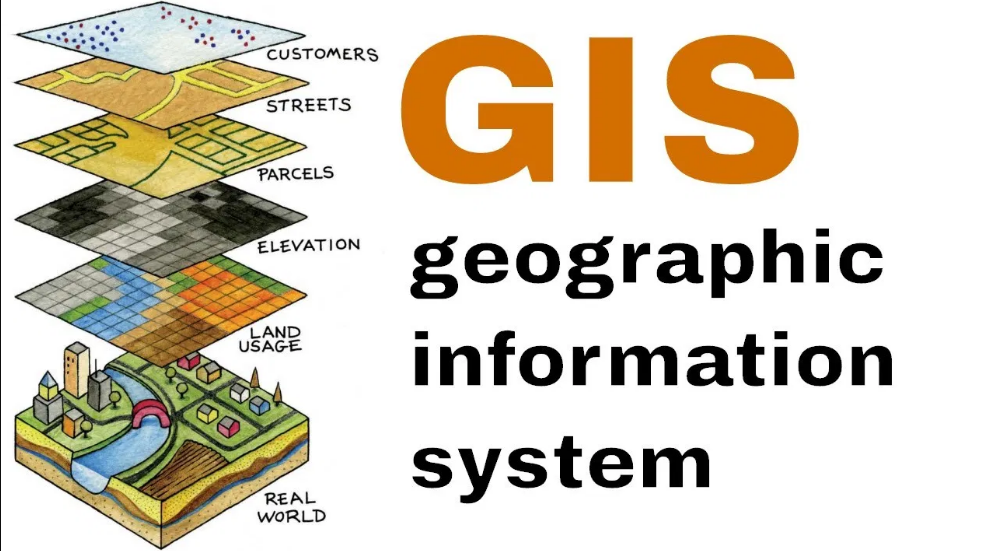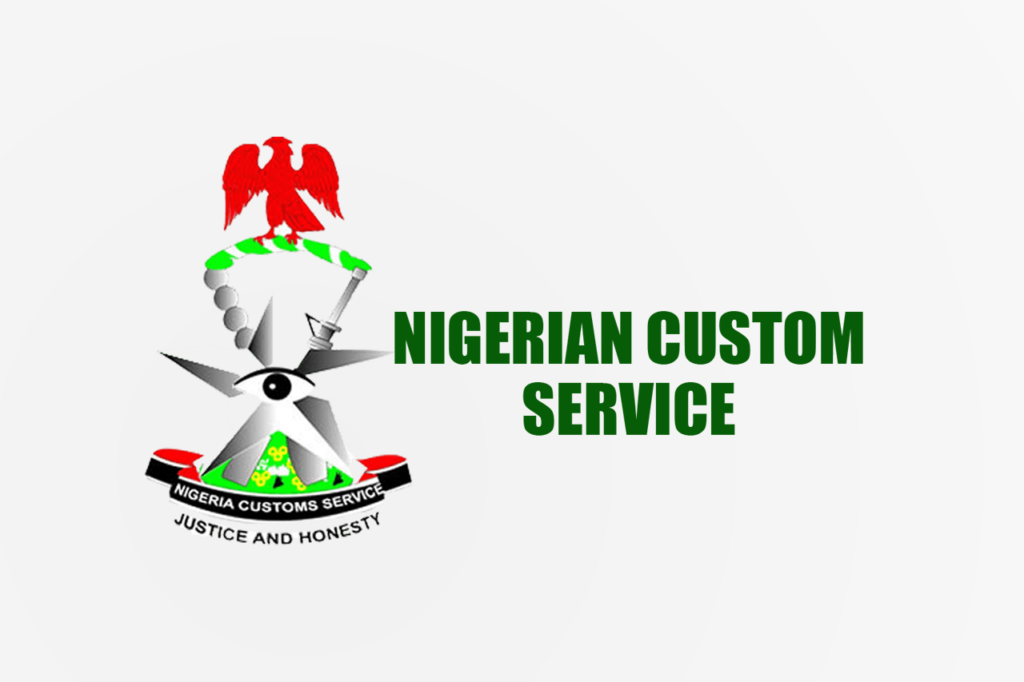
In a move towards advancing environmental sustainability in the data center industry, Schneider Electric has released comprehensive insights and strategies to tackle the challenges of Scope 3 emissions.
As data centers pivot towards renewable energy sources, Scope 3 emissions have emerged as the predominant contributor to their greenhouse gas (GHG) output.
Scope three encompasses indirect emissions from various sources within a data center’s value chain, including business travel and waste management.
Despite being projected to lead in GHG contributions, these emissions remain the least reported and understood.
Schneider Electric acknowledges the commendable push for data centers to attain carbon neutrality and net-zero status but underscores the need for a standardized approach and metric identification to navigate the complexities of Scope three requirements.
In its recently published white paper, “Guide to Environmental Sustainability Metrics for Data Centers,” Schneider Electric proposes a structured framework, outlining five key categories for environmental sustainability reporting metrics: energy, greenhouse gas emissions, water, waste, and local ecosystem with an intent to streamline the adoption of the metrics, enhance benchmarking practices, and propel sustainability initiatives across the industry.
Furthermore, the company emphasizes the importance of quantifying Scope three emissions from the data center value chain. Through another authoritative white paper titled “Recommended Inventory for Data Center Scope 3 GHG Emissions Reporting,” it urges organizations to measure their total carbon footprint, encompassing outsourced IT services from cloud and colocation providers. This proactive approach allows businesses to prioritize efforts towards impactful carbon reductions.
Recognizing the challenges faced by data center operators in measuring and managing Scope 3 emissions, Schneider Electric advocates for a data-driven approach. The company stresses the significance of scrutinizing outsourced IT services from cloud and colocation providers, aiming for a comprehensive assessment of environmental impact.
Schneider Electric acknowledges the current hurdles, including lack of reliable supplier data, quantitative tools, and standardized accounting/reporting methodologies.
To address these challenges, the company recommends the establishment of a GHG framework that incorporates accurate carbon counting, target setting, and systematic reviews of data and emission sources.
In meeting environmental goals, Schneider Electric underscores the strategic advantages of sustainability reporting, particularly in gaining a competitive edge. Beyond compliance, greenhouse gas reporting, including Scope 3 emissions, positions companies as responsible entities in an environmentally conscious market. This robust reporting not only enhances investor confidence but also attracts investments from those seeking sustainable opportunities.
The company advises data center operators to integrate sustainability into their selection criteria for equipment suppliers and service providers. Vendors are encouraged to commit to reducing the embodied carbon of their products, making environmental product disclosure documents easily accessible.
By actively seeking environmentally conscious suppliers, data center operators can play a pivotal role in reducing the overall carbon footprint associated with Scope 3 emissions.
Schneider Electric’s comprehensive approach comprises a suite of resources and tools to help organizations define and manage Scope 3 emissions. These include an inventory of nine emissions source categories and data center-specific subcategories for accounting and reporting.
The company further provides a modeling tool to estimate CO2 emissions, simulating energy consumption within data centers while accounting for factors like power consumption and overall efficiency.












